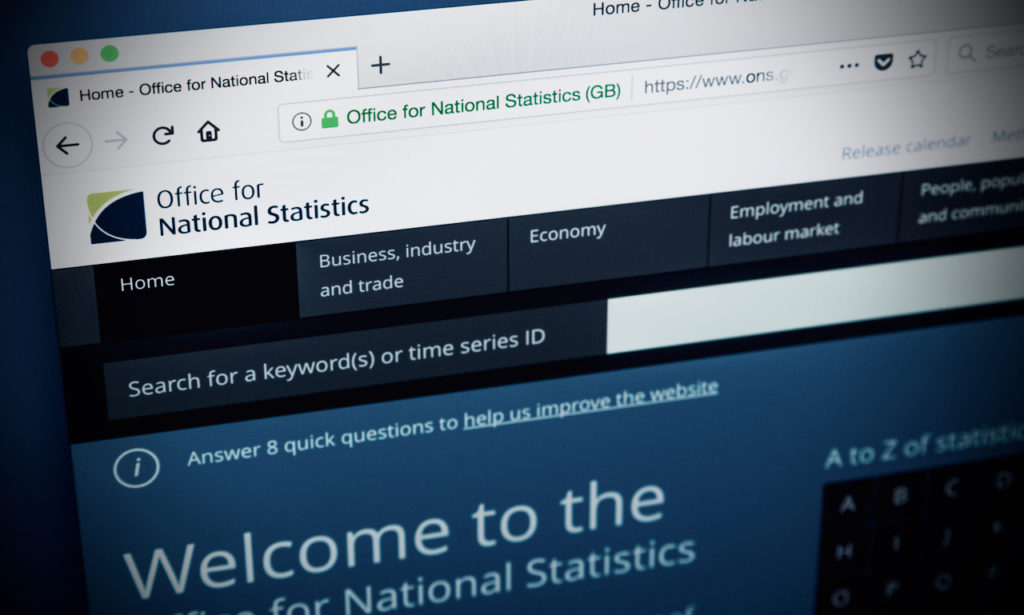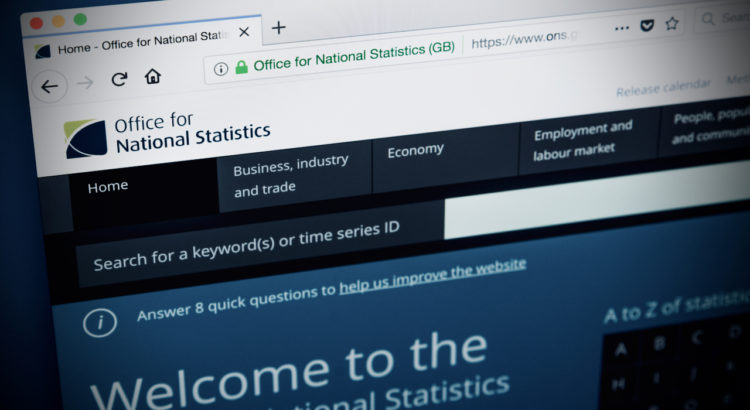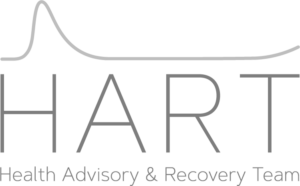
Evidence of policy failure at a data level


We originally highlighted the potential to use the ONS Infection Survey to identify hyper-local waves of “infectious” people in March 2021. We found that infectious people could be detected by the number of PCR cycles (Ct) needed to achieve a PCR positive. Highly infectious people require fewer PCR cycles (25 or lower) to achieve a PCR positive and post/non-infectious people required more PCR cycles (Ct more than 25). Mean Ct values from the ONS Infection Survey’s PCR positives therefore provided a measure of viral load in the community. We consistently found that the vast majority of ONS positives were non/post-infectious and that lockdowns were implemented/timed after waves had already peaked. We saw Ct as an early warning signal that could be used in real time to predict potential future pressures on hospitals and if used correctly, could help health systems prepare for imminent pressure and avoid lockdowns that have devastated lives, livelihoods and economies around the world. We welcomed a blog from the then Director of the US National Institute of Health, Dr Francis Collins in July 2021 agreeing that a “New Metric Identifies Coronavirus Hotspots in Real Time”. We also saw Ct as a means to investigate whether lockdowns and vaccines had any impact on SARS-CoV-2 transmission.
We have continued to monitor the ONS Infection Survey and the data within the Technical Datasets (Tabs 1a and 1b) and have found that the mean Ct for the whole of the UK has been 25 or lower since September 2021. This would indicate a chronic, endemic virus with multiple regionally recurring waves. This is surprising given that vaccines were initially promoted and mandated on the basis of preventing infections and transmission. The UK is currently experiencing another wave of SARS-CoV-2 infections (June 2022) with the mean Ct values of 23 for the UK, but with spike gene positives declining. Whether this is Omicron or cross reactivity with previously endemic coronaviruses is uncertain. What is clear from the Ct values in the ONS Infection Survey is that neither “non-pharmaceutical interventions” or vaccines have had any impact on waves of infectious SARS-CoV-2 carriers and that neither economically destructive lockdowns or mandating experimental vaccines should ever have been attempted. Hyper-local focussed protection was possible, but the tools to implement have been ignored.

